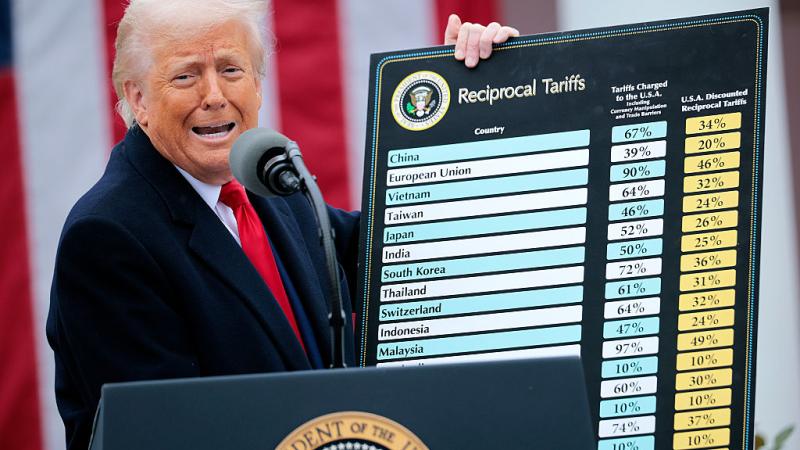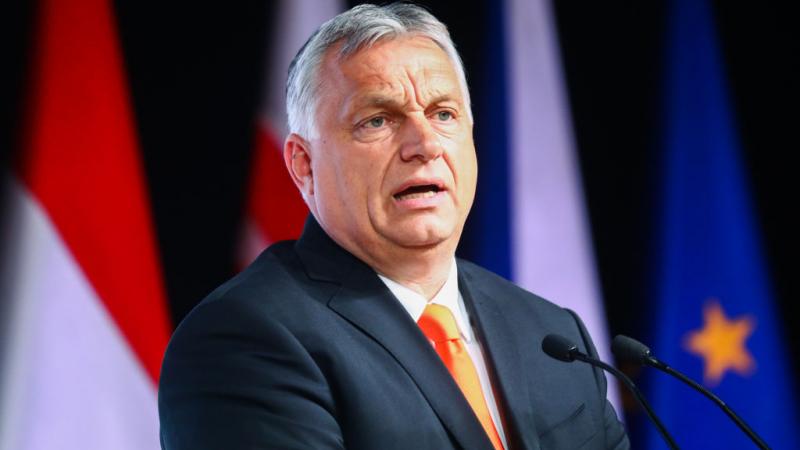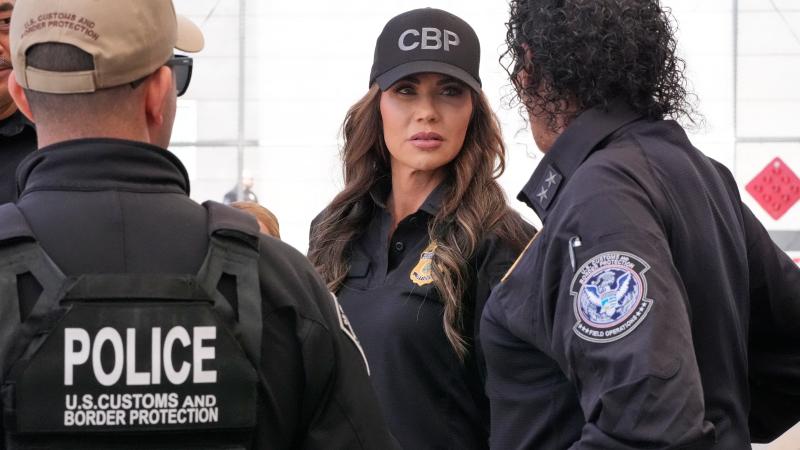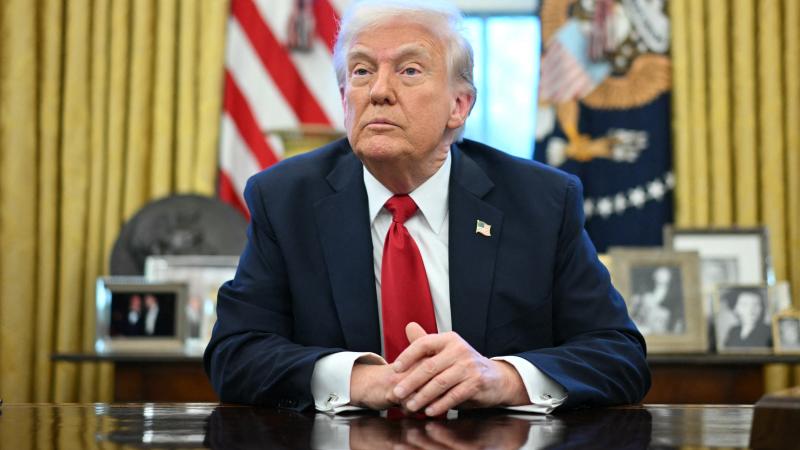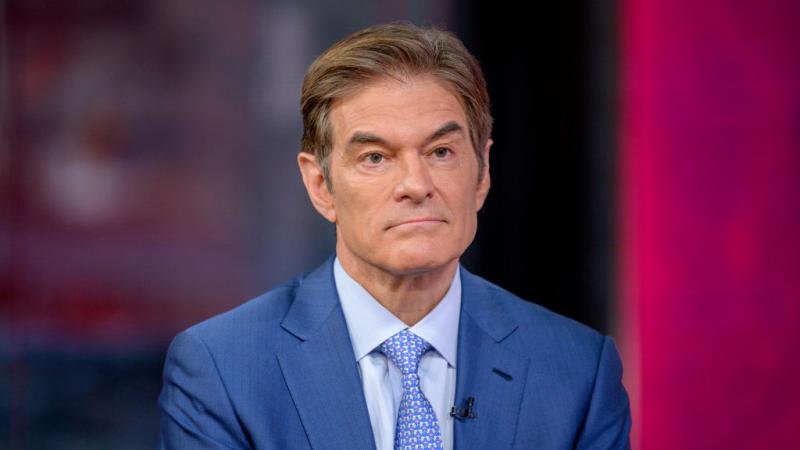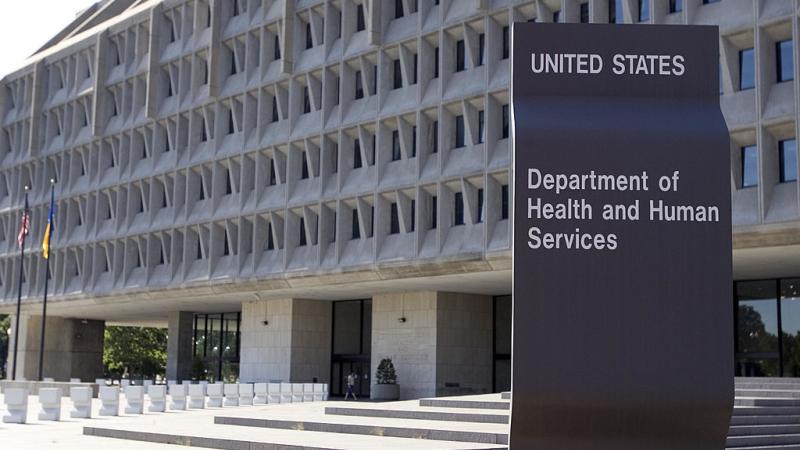Trump-ordered release of JFK files provide fresh evidence Kennedys wanted to assassinate Castro
“It’s approximately 80,000 pages,” President Trump said on Monday announcing the release. “So it’s a lot of stuff, and you’ll make your own determination.”
The National Archives on Tuesday released the JFK assassination files pursuant to President Donald Trump's executive order.
You can view the files, here.
“It’s approximately 80,000 pages,” Trump said Monday when announcing the release. “So it’s a lot of stuff, and you’ll make your own determination.”
One of the JFK files includes unredacted testimony from a CIA official related to potential efforts to assassinate Communist Cuban dictator Fidel Castro.
CIA official William Sturbitts claimed to the Rockefeller Commission in 1975 that he had overheard CIA discussions in October or November 1963 — just before President John F. Kennedy's assassination — about potential efforts to kill the Cuban strongman. JFK was assassinated on November 22, 1963.
The deposition by Sturbitts, who said he worked within the CIA’s Directorate of Operations beginning in 1964 until 1973, was taken at CIA headquarters on April 16, 1975.
Sturbitts talked about Miami Station and about Task Force W, which was focused on operations against Cuba. A key part of his interview focused on a talk he overheard with Desmond Fitzgerald, the head of the Special Activities Staff which became known as the Cuban Operations Group. Sturbitts also suggested that Robert F. Kennedy Jr. — JFK’s brother — was aware of the alleged Castro plot.
He told the commission that the first knowledge he ever had of “discussions” related to potential assassination attempts against Castro came “in October [or] November 1963 with Fitzgerald in Paris.”
Sturbitts contended that there was some sort of plan related to a member of the Cuban military who had agreed to kill Castro, saying, “I had overheard that discussions were going on with a member of Castro’s military but that he wanted… some Belgian rifles and a telescopic sight.”
“I know that subsequent to that time Fitzgerald met with him again and as I recall as the personal representative of the Attorney General, Bobby Kennedy,” Sturbitts added.
Sturbitts also said that CIA official Nestor Sanchez also overheard the discussion about a possible Castro assassination effort, and that Sanchez “was in contact with the Cuban military type.”
He said he assumed that the alleged Castro assassination plot originated with the Special Group, reportedly a group of key U.S. national security officials focused on Cuba.
“I don’t know whether they received any instructions,” Sturbitts said when asked if the CIA had been directly tasked with assassinating Castro. “I have to assume, and I am pretty positive, that this was a result of a Special Group decision. And at this time you have to remember that Bobby Kennedy was overseeing this deal, presumably for his brother, and he was part of that Special Group. He called the meetings, he presided, he did a number of things.”
Prior releases of JFK assassination documents also hinted that John F. Kennedy and Robert F Kennedy wanted to eliminate Castro before they themselves were assassinated.
The new JFK files also include “The President’s Intelligence Checklist” for new President Lyndon Baines Johnson the day after JFK was assassinated.
The document marked “Top Secret” and issued by the CIA is similar to what is now known as the Presidential Daily Briefing. The threats to the U.S. detailed by the CIA at the time related almost exclusively to the threat posed by the Soviet Union.
In a section on “South Vietnam” it was assessed that “Vietnamese Communist efforts to discredit the new Saigon government stayed in high gear this week." Another section on “USSR-Cuba” it was assessed that “in the past week we intercepted Cuban military messages which show that Cuban interpreters are now posted at several surface-to-air missile sites on the island." And in a section on “Berlin” it was assessed that “we have had an indication that Soviet harassment of Allied access routes to West Berlin will shift this weekend to the air corridors.”
To give a sense of the other sorts of claims mixed into the thousands of pages of JFK files, a man named “Sergyj Czornonob” wrote a letter purportedly dated 1978 which was allegedly sent to the Russian embassy and the British embassy.
In the letter, he claimed that he was provided information in Bulgaria by the Soviet consul on August 14, 1963 which predicted Oswald would assassinate Kennedy: “Mrs. Besera Asenova, girlfriend of Russian Consul, came to my room and repeated that Mr. Lee Harvey Oswald is assassin. He will kill President Kennedy.”
"Czornonob" also claimed that he went to the State Department on August 19, 1963 where “I said Mr. Lee. H. Oswald will be killed after kill Kennedy. I said I will take truth drug to tell the truth.” He claimed that he also predicted the 1968 assassination of Martin Luther King Jr. at that time.
The Warren Commission report of 1964 concluded that “the shots which killed President Kennedy … were fired by Lee Harvey Oswald.”
The Select Committee on Assassinations of 1979 similarly found that Oswald fired three shots at JFK, that the second and third shots hit him, and that the third shot killed him.
“The committee believes, on the basis of the evidence available to it, that President John F. Kennedy was probably assassinated as a result of a conspiracy,” the Select Committee wrote. “The committee is unable to identify the other gunman or the extent of the conspiracy.”
The committee concluded that the Secret Service, FBI, and CIA “were not involved in the assassination.” The committee also concluded, based on available evidence, that the Soviet government and Cuban government were not involved either.
The select committee found that “anti-Castro Cuban groups, as groups, were not involved in the assassination of President Kennedy, but that the available evidence does not preclude the possibility that individual members may have been involved.”
The committee also found that “the national syndicate of organized crime, as a group, was not involved in the assassination of President Kennedy, but that the available evidence does not preclude the possibility that individual members may have been involved.”







